Thermal imaging is a technique that captures temperature differences between objects to form visible images. Every object above absolute zero emits infrared radiation, and the intensity of this emission grows with temperature, following the blackbody radiation principle. Infrared cameras use sensors sensitive to this radiation to visualize temperature variation, producing images called thermograms. These images display warm objects as bright areas against cooler surroundings, allowing humans, animals, or equipment to be detected even in total darkness.

Key Markets and Applications
Security and Emergency Response
Thermal imaging supports law enforcement, firefighting, and homeland security — with solutions like the Thermal Master Thor001 Professional Series designed for surveillance and emergency response. It helps border patrol units identify intruders, assists police in suspect tracking and crime-scene investigation, and allows firefighters to locate victims and pinpoint fire sources through smoke and heat.
Industrial and Smart Monitoring
In industrial and civil sectors, thermography assists in equipment maintenance, energy audits, and safety inspection. It detects gas leaks, electrical faults, or insulation failures before they cause damage. Modern smart buildings integrate infrared sensors into HVAC and lighting systems to improve energy efficiency and occupant comfort. Smart-city networks use similar sensors for traffic management and power monitoring. The automotive industry increasingly adopts thermal cameras to enhance driver assistance and pedestrian detection in low-light conditions.

Multispectral Imaging
By integrating visible, NIR, SWIR, MWIR, and LWIR bands, multispectral imaging delivers broader insight into materials and processes. Technological progress has made such systems compact and cost-efficient, extending their use to remote sensing, satellite observation, and handheld inspection devices.
Infrared Detectors and System Performance
The performance of an infrared imaging system relies heavily on its detector and optics. Key factors include sensitivity, pixel size, and resolution. Detector performance is measured by specific detectivity (D*), where higher values signify stronger signal response. Detection range depends on object size, emissivity, and atmospheric clarity.
Infrared detection technologies include thermopiles, pyroelectric sensors, bolometers, and photodiodes. Among them, photodiode-based focal plane arrays (FPAs)—built with InSb, InGaAs, or HgCdTe—deliver the best sensitivity and are widely used in professional imaging. However, MWIR and LWIR sensors often require cooling, making them costly and primarily used in defense or scientific applications.

Optical Components and Lens Design
Optical design is central to thermal image quality. Important parameters include focal length, field of view, aperture ratio (F-number), modulation transfer function (MTF), transmission, and distortion. Thermal imaging lenses must be optimized to balance clarity, cost, and manufacturability.
Thermal lenses vary by wavelength range, zoom level, and focusing method—manual, motorized, or fixed. The design process involves geometric setup, performance optimization, and tolerance control. Lens materials such as germanium (Ge), silicon (Si), zinc sulfide (ZnS), zinc selenide (ZnSe), calcium fluoride (CaF₂), and chalcogenide glass are commonly used for their high infrared light transmission. Reflective optics made from aluminum or copper are also employed. Lens surfaces may be spherical, aspherical, or diffractive to minimize aberrations and chromatic distortion.

Conclusion
From capturing subtle heat signatures to guiding autonomous vehicles and safeguarding critical infrastructure, thermal imaging technology has become indispensable in both industrial and public domains. The synergy between infrared detectors, optical design, and signal processing continues to expand what these systems can see and measure. As costs fall and sensors become more compact, infrared cameras are moving from specialized tools to everyday instruments—bridging science, safety, and innovation through the invisible world of heat.
Discover Thermal Master products today to experience the future of thermal imaging.


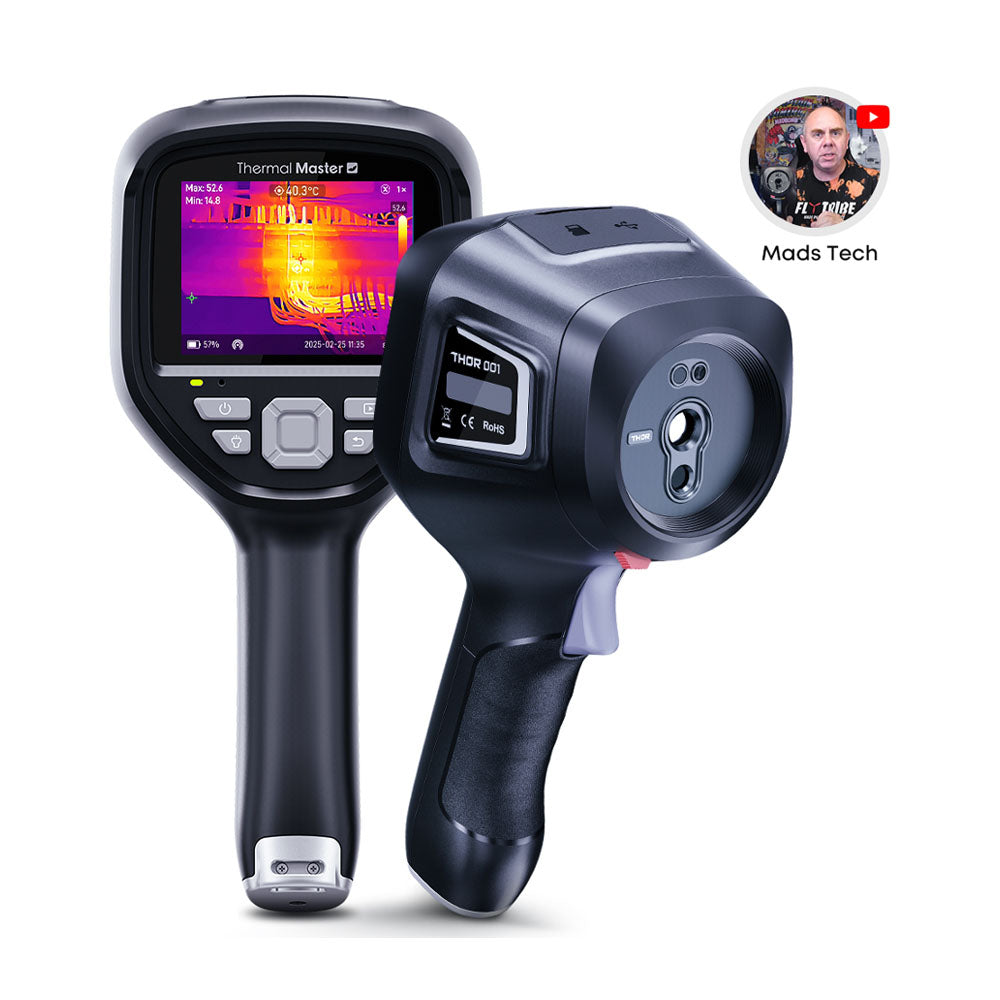

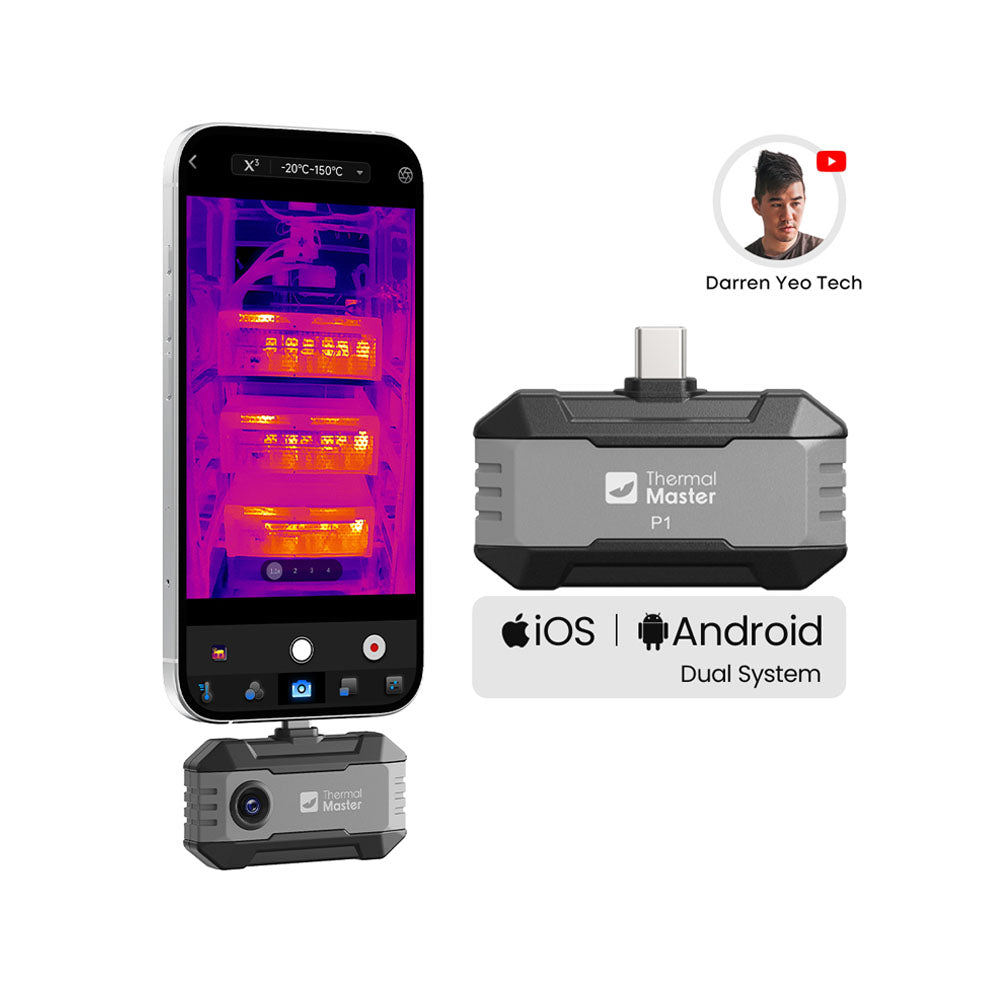
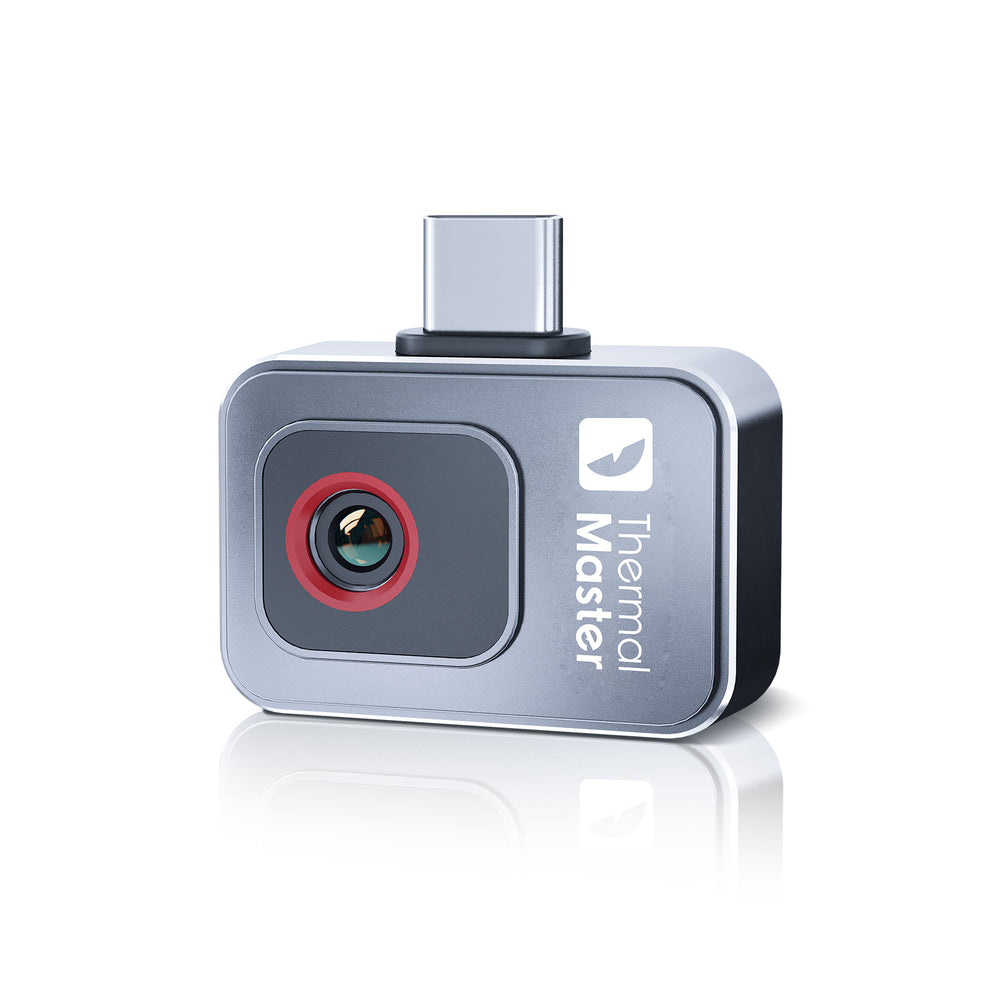

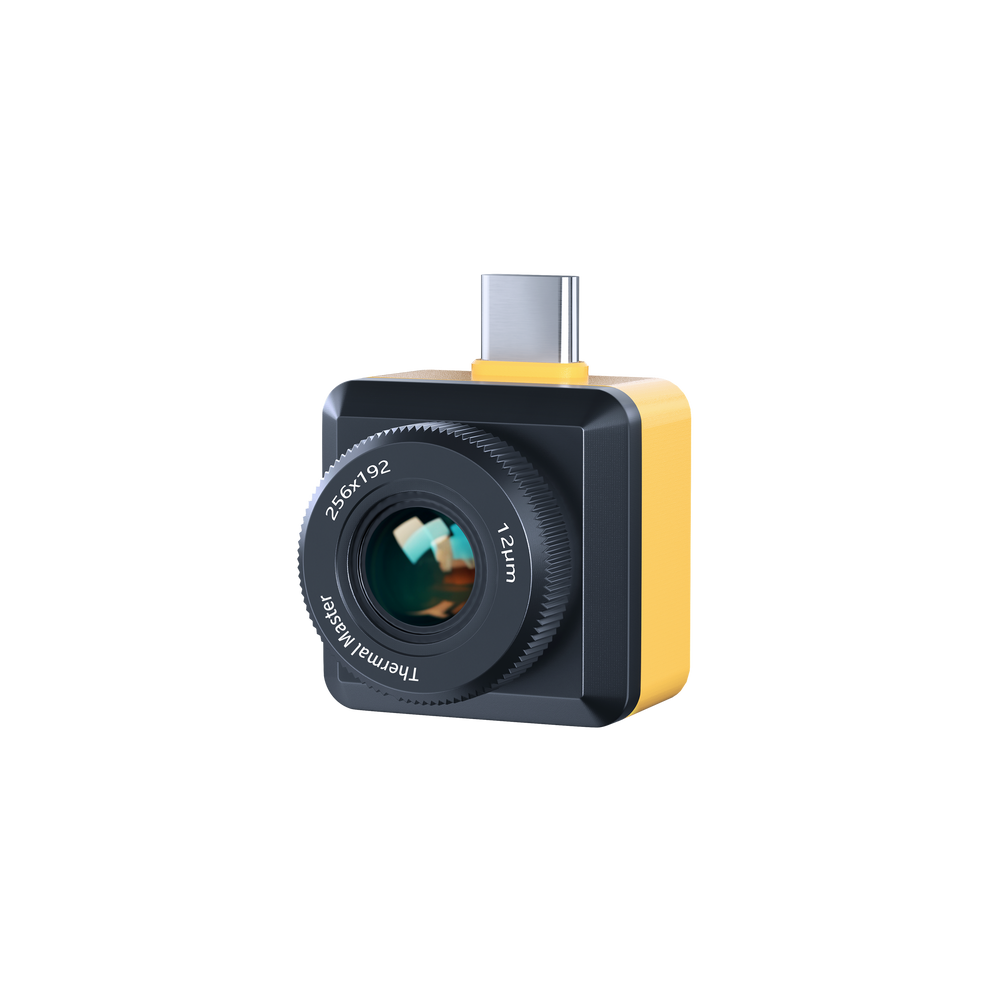
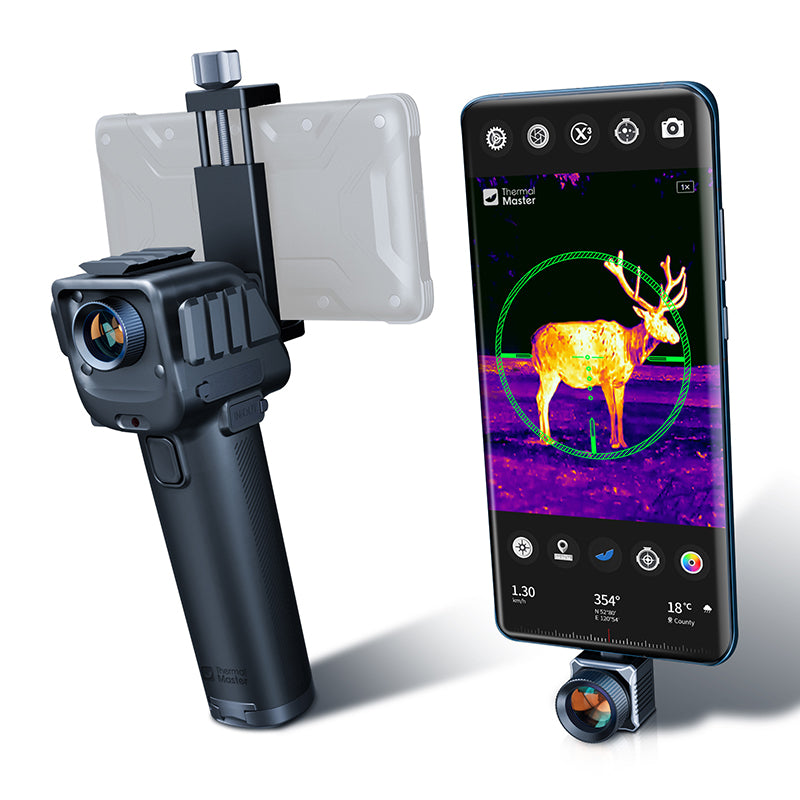
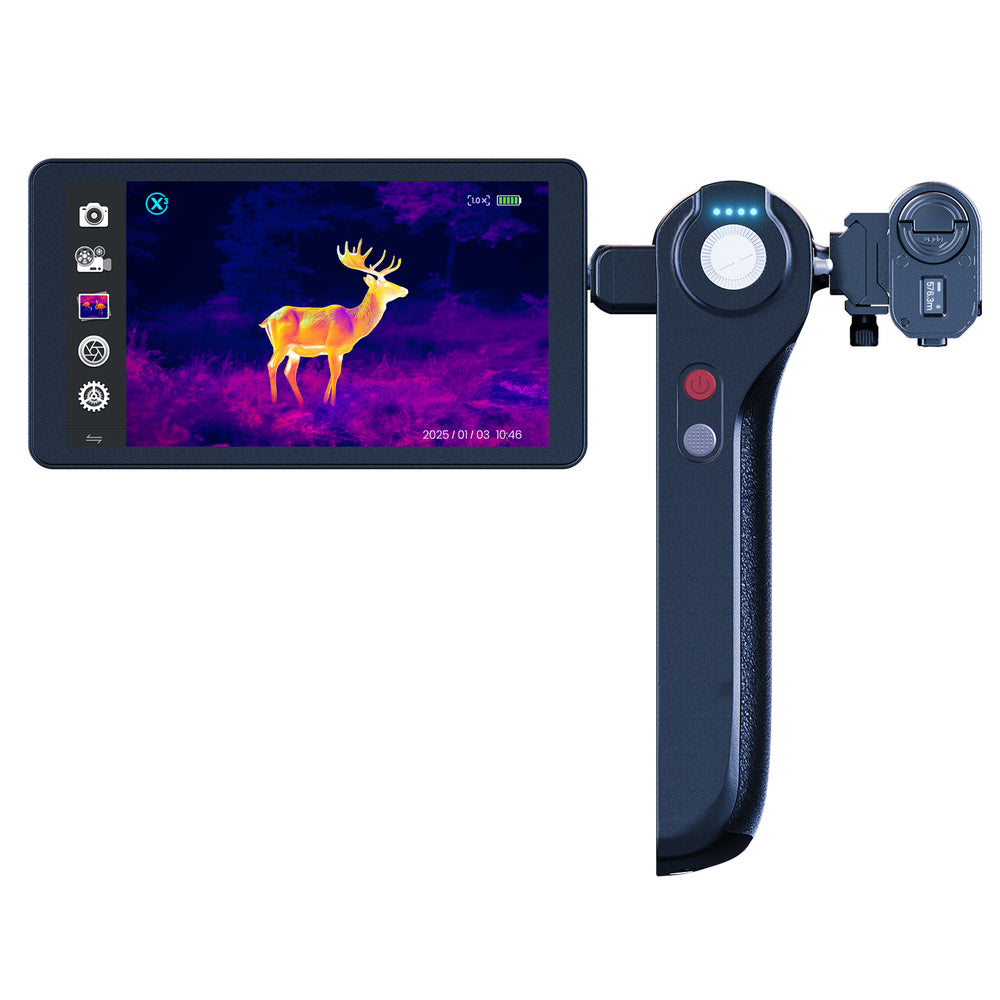
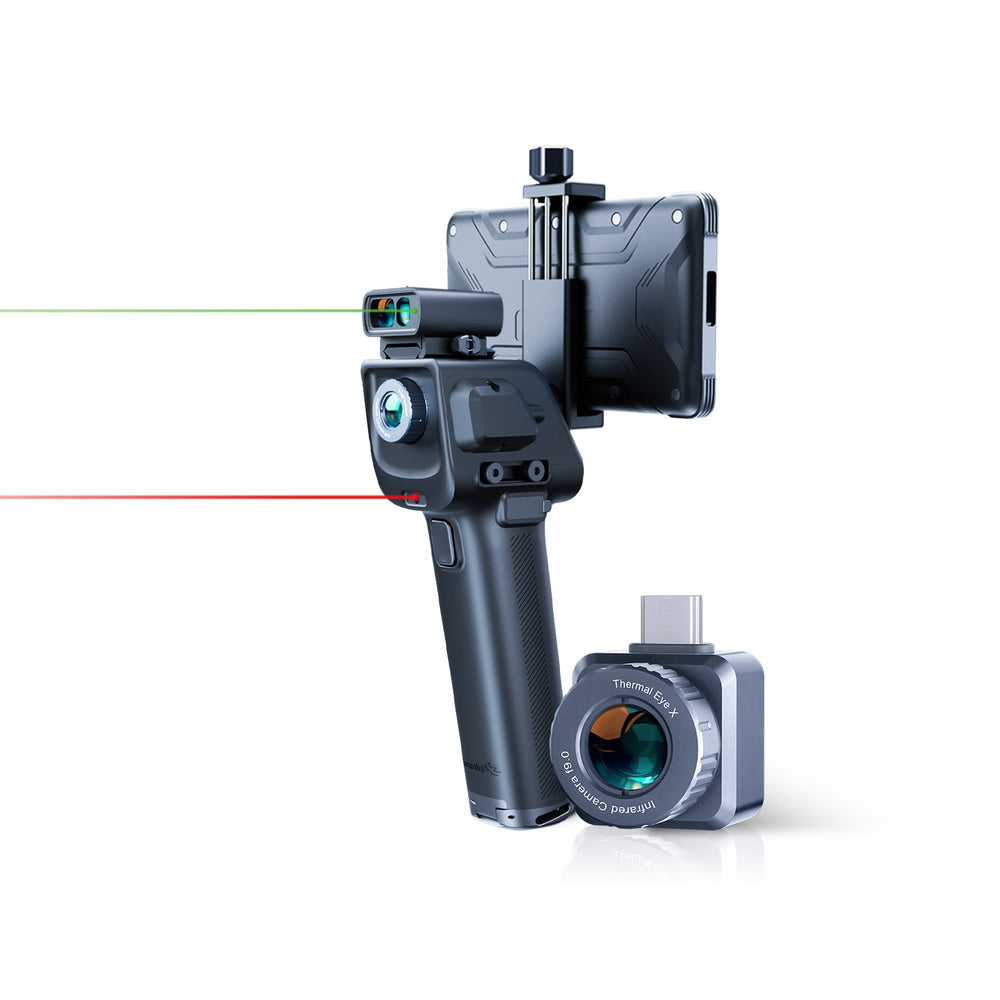
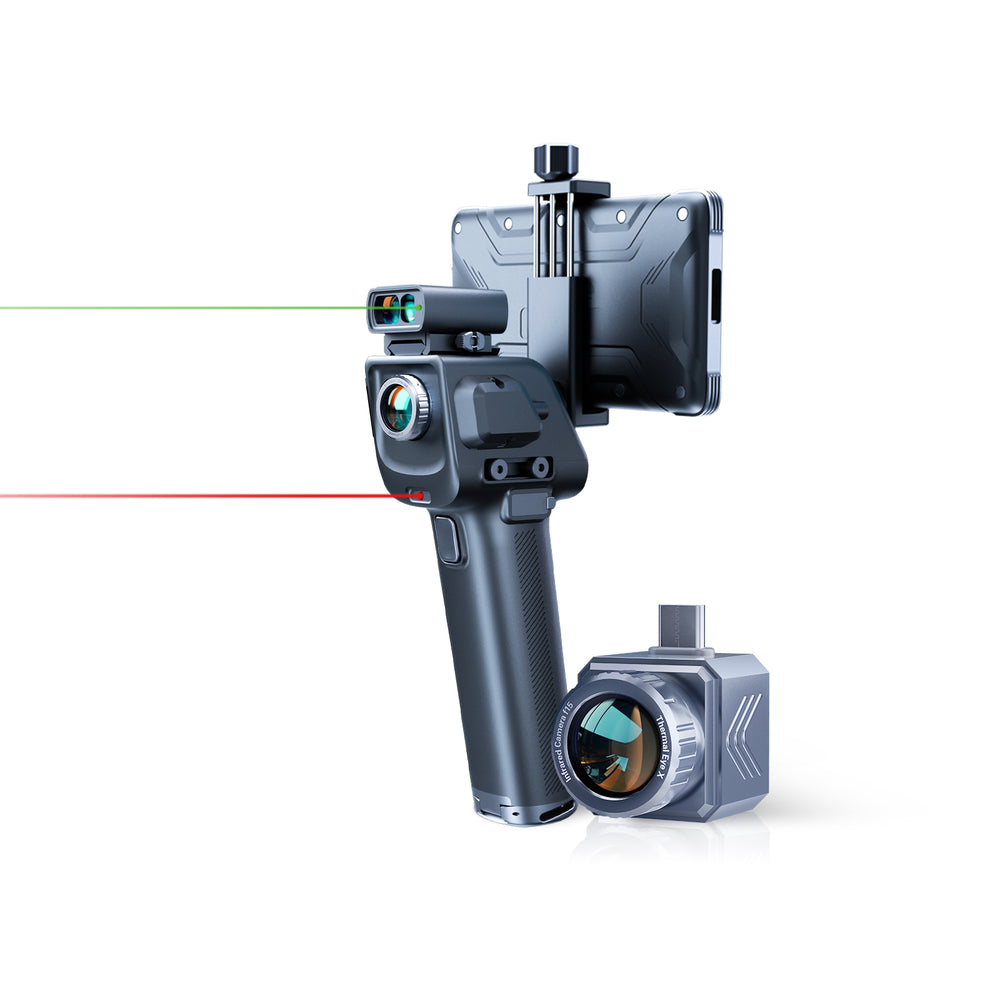
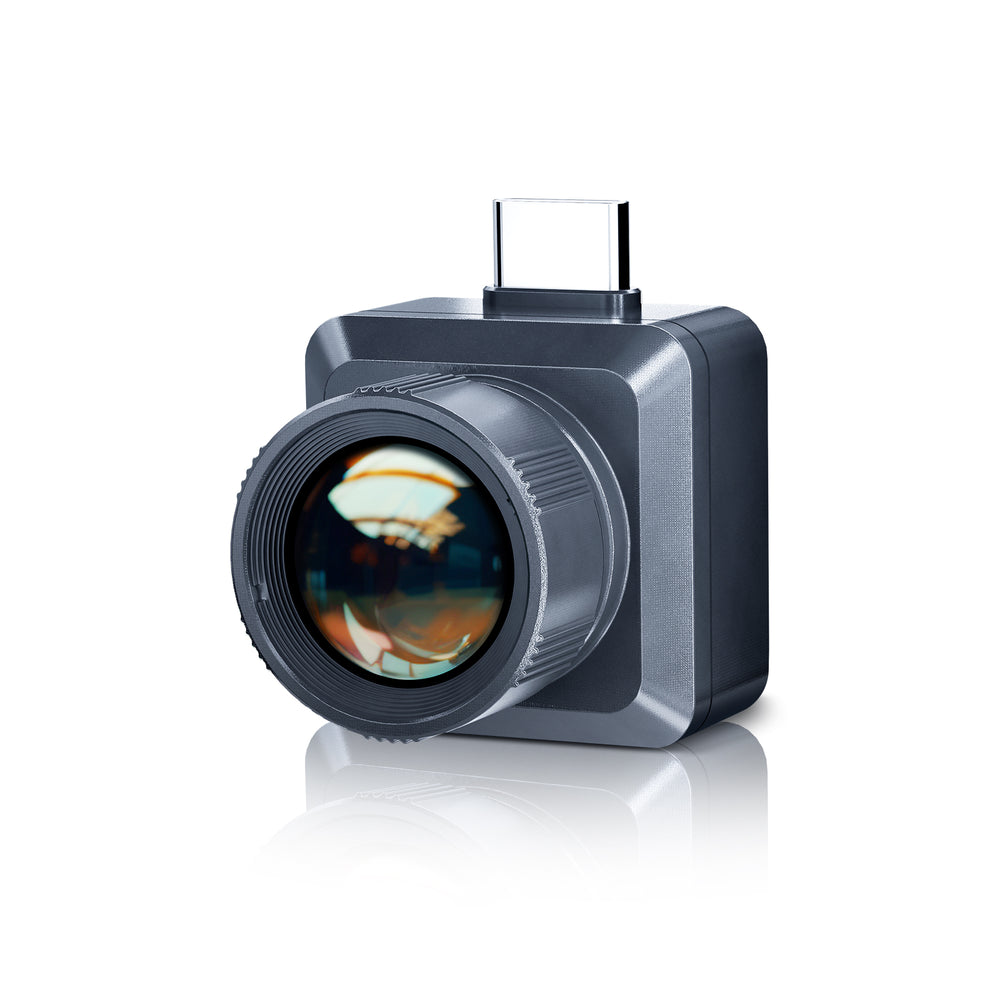
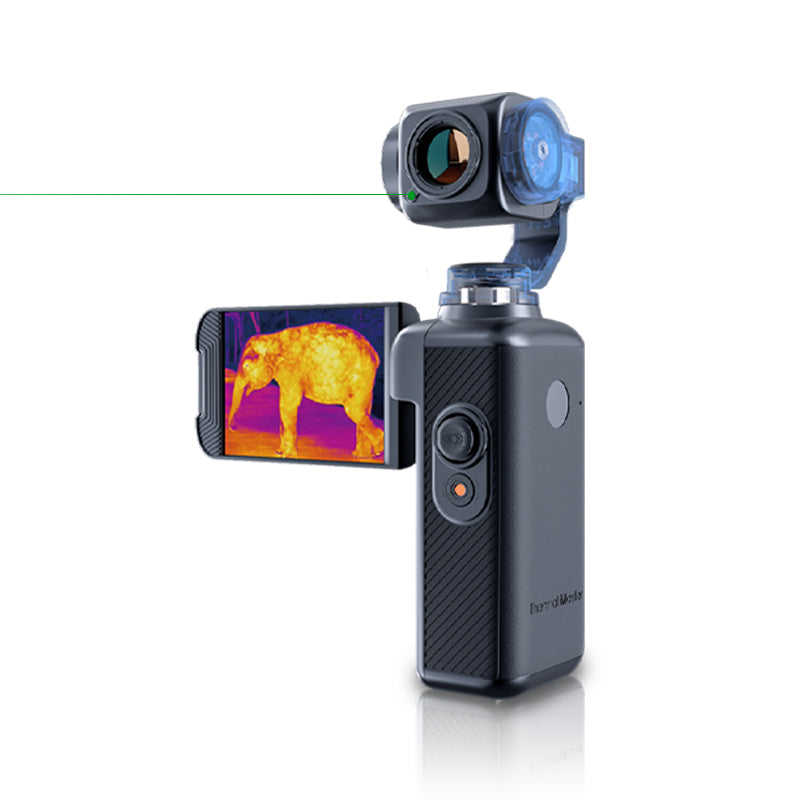
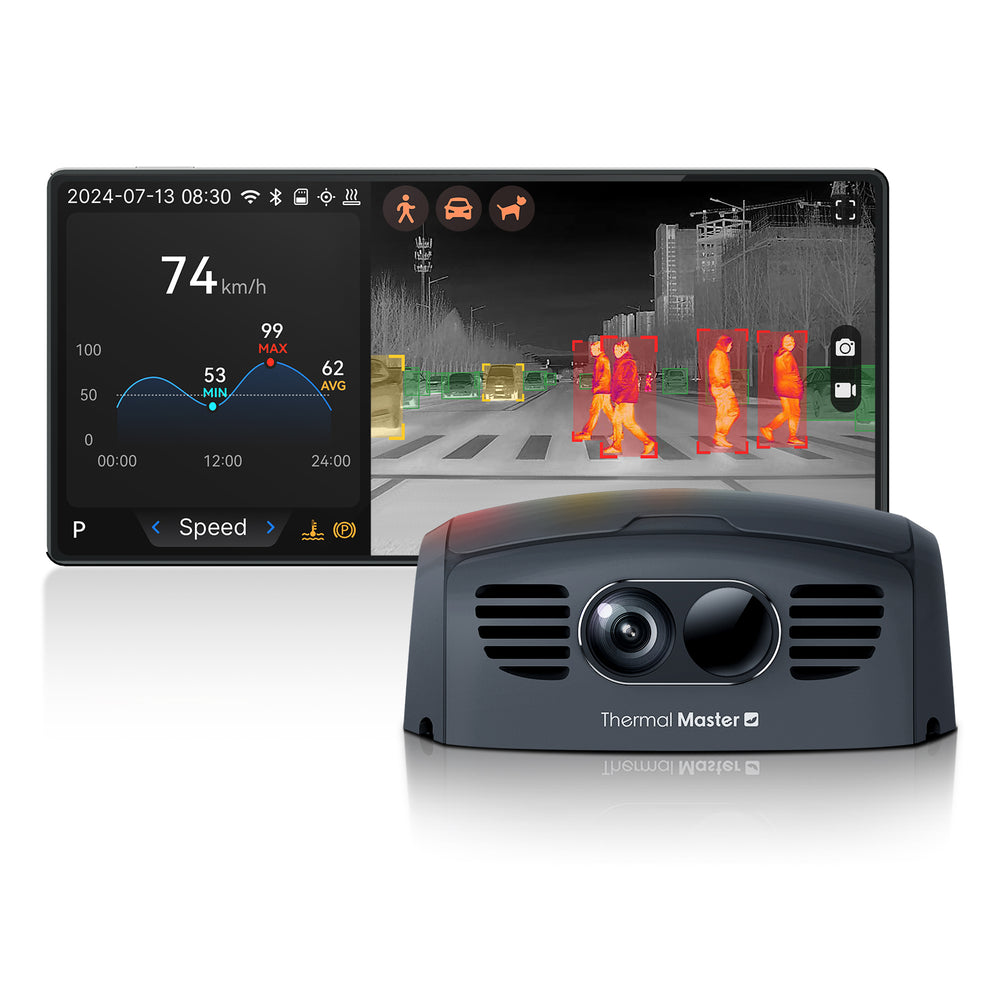
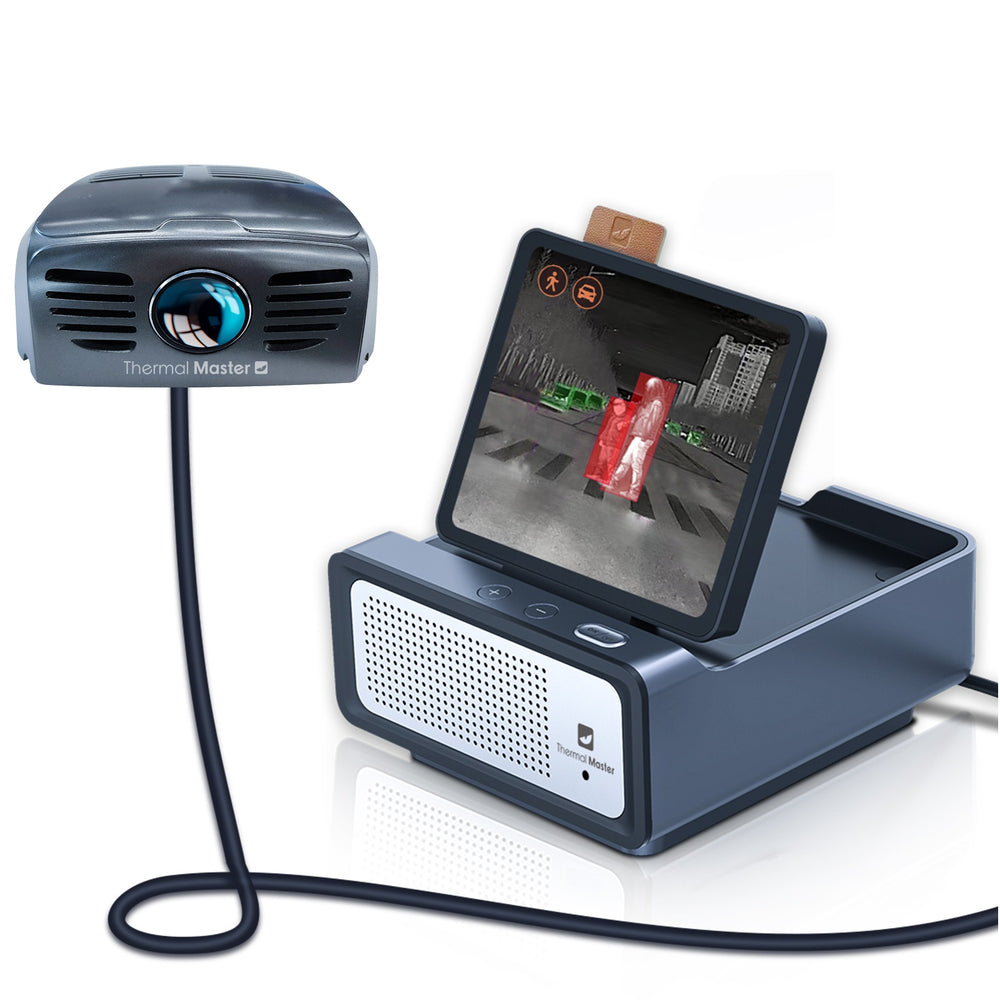
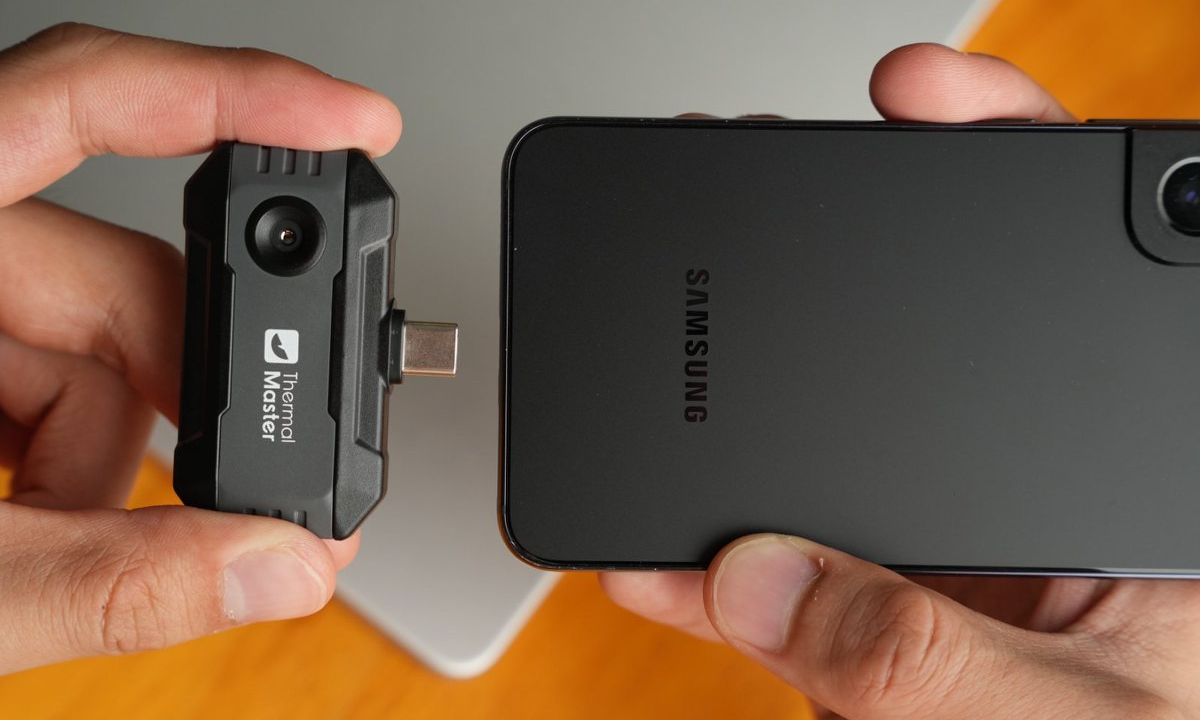


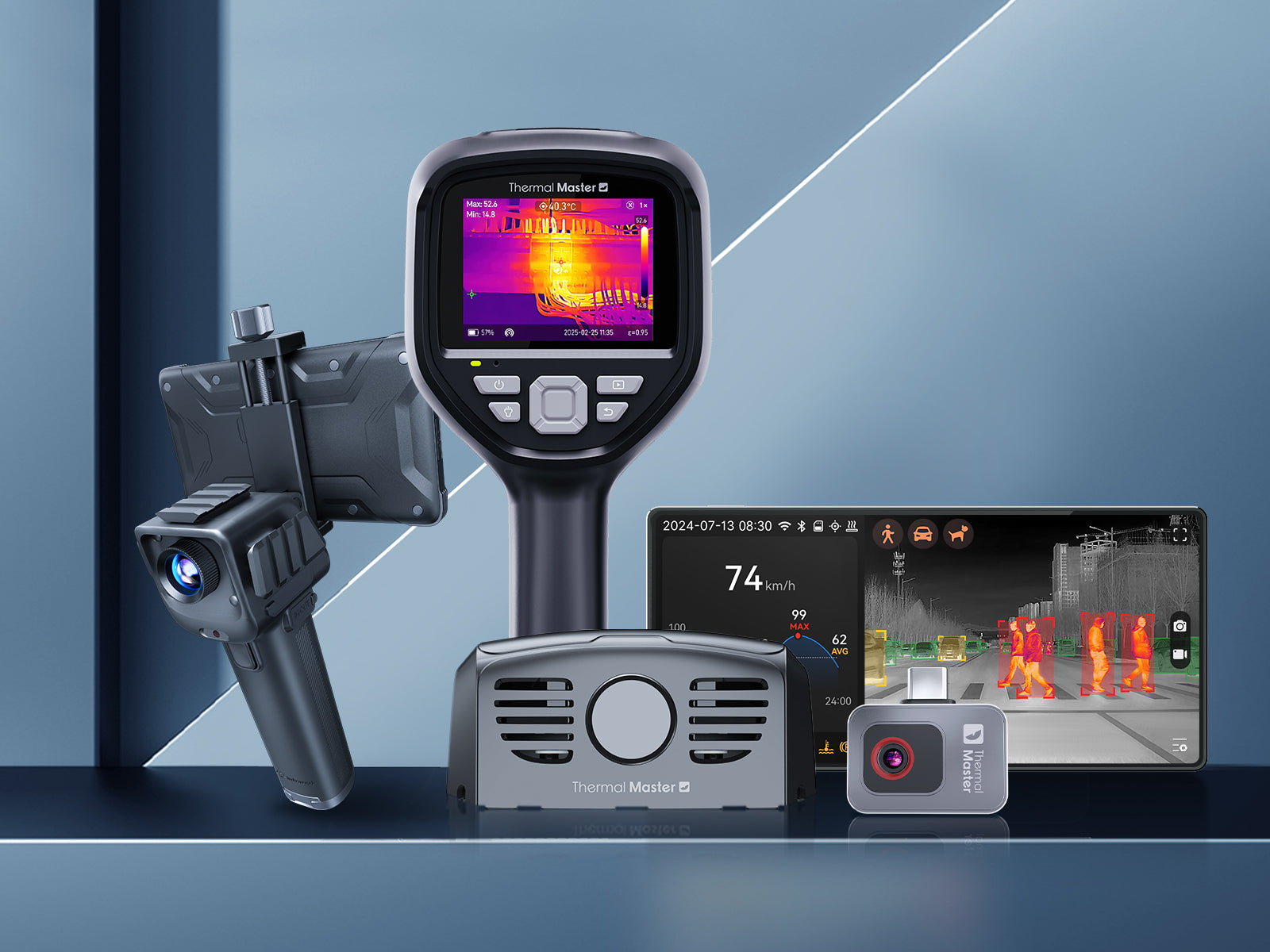
Leave a comment
All comments are moderated before being published.
This site is protected by hCaptcha and the hCaptcha Privacy Policy and Terms of Service apply.